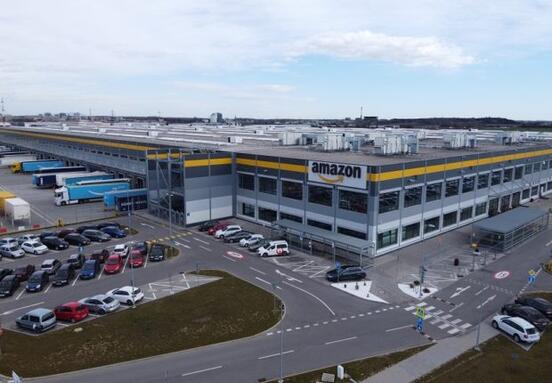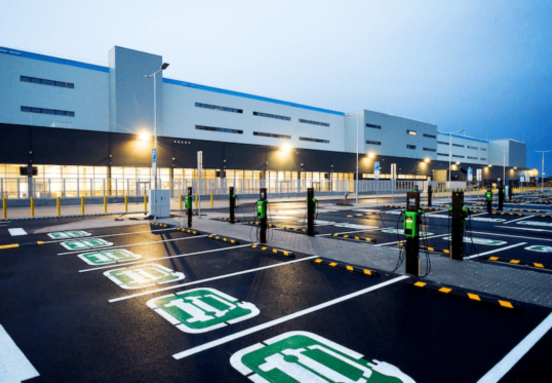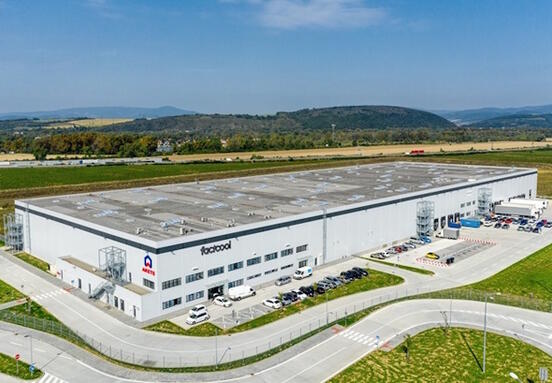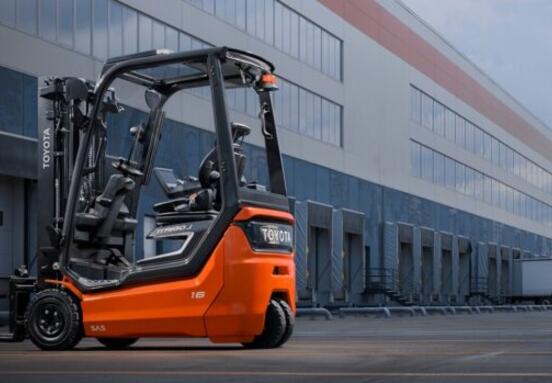The transport and logistics industry has high hopes for the use of hydrogen (H2) as a fuel, and for good reason. It is the most widespread chemical element in the universe and the only one that offers three direct options that can support climate protection - although many obstacles still need to be overcome.
First, this volatile gas can be produced with zero emissions. In a process called electrolysis, water (H2O) is exposed to an electric current that divides it into oxygen and hydrogen. If the electricity comes from renewable sources, such as solar, wind or hydropower, this process can be considered climate-friendly.
Given that electrolysis consumes almost a third more energy than is stored in the hydrogen it produces, a key challenge on the road to a sustainable hydrogen economy will be to ensure sufficient affordable green electricity. An often overlooked aspect is that electrolysis currently still requires fresh water with a purity of drinking water - almost ten liters per kilogram of hydrogen. This means that dry areas with plenty of sunshine, which are key centers of H2 production, would also have to invest in seawater desalination.
Second, hydrogen is a great hope because it is the cornerstone of all synthetic fuels, also known as synfuel, powerfuels, power-to-liquid fuels or power-to-gas fuels. The first element of the periodic table can bind to carbon and oxygen and form various hydrocarbon chains, including methane, methanol, diesel and kerosene. The problem is that these processes are energy intensive.
It is often forgotten that these fuels require not only green hydrogen but also carbon dioxide, which must first be recovered from the atmosphere. Only if this can be achieved without producing emissions is the resulting synthetic fuel climate-neutral. Depending on the type of energy fuel, only 40 to 60% of the energy contained in the renewable energy used at the beginning of the technology chain is transmitted. Therefore, such processes are often considered uneconomical. However, synthetic fuels are worthwhile to use wherever electricity or hydrogen cannot be used to drive engines directly or to transport energy, for example in maritime and air transport.
H2 as a "engine" for fuel cells
Thirdly, and most importantly, H2 is a key part of the solution, as it can be converted back into electricity without emissions of greenhouse gases or other air pollutants. The conversion takes place inside the fuel cell and can be considered as similar to electrolysis. In the so-called redox reaction, electrons are transferred from hydrogen to atmospheric oxygen. This produces electricity that can be used to drive motors or charge batteries. The only "waste products" are pure steam and heat. Commercial vehicles use proton exchange membrane (PEM) fuel cells, which have proven to be highly efficient.
Simulations in the Dachser have shown that a truck with a PEMFC swap body consumes less than ten kilograms of H2 per 100 kilometers. Despite the first positive results with the PEM prototype and small production trucks, a few details still need to be fine-tuned to make this type of fuel cell a truly practical option. For example, both the intake hydrogen and atmospheric oxygen must be extremely clean to avoid contaminating sensitive fuel cell components too quickly and compromising system life. In addition to expensive air filtration technology, car manufacturers are required to use H2 5.0, which means that hydrogen must be certified as at least 99.999% pure - a very demanding requirement for the entire hydrogen supply system.
Another challenge is to determine the best way to store hydrogen in a truck. Should it be compressed in 350 bar tanks, as is common in today's buses? Or liquefied at extremely low temperatures like natural gas (LNG)? Manufacturers use different approaches, but where maximum storage capacity and range is expected to be the decisive factor, a tank containing cold liquid H2 is likely to be the best choice.
In conclusion, hydrogen has the potential to become, in addition to direct renewable energy sources, a crucial technology for transport and logistics. Whether it will be able to meet the high expectations placed on it will become clear before the end of this decade. More and more commercial vehicle manufacturers are trying to turn this technology of the future into a real innovation in climate protection and logistics.
Source: // Logistics systems







